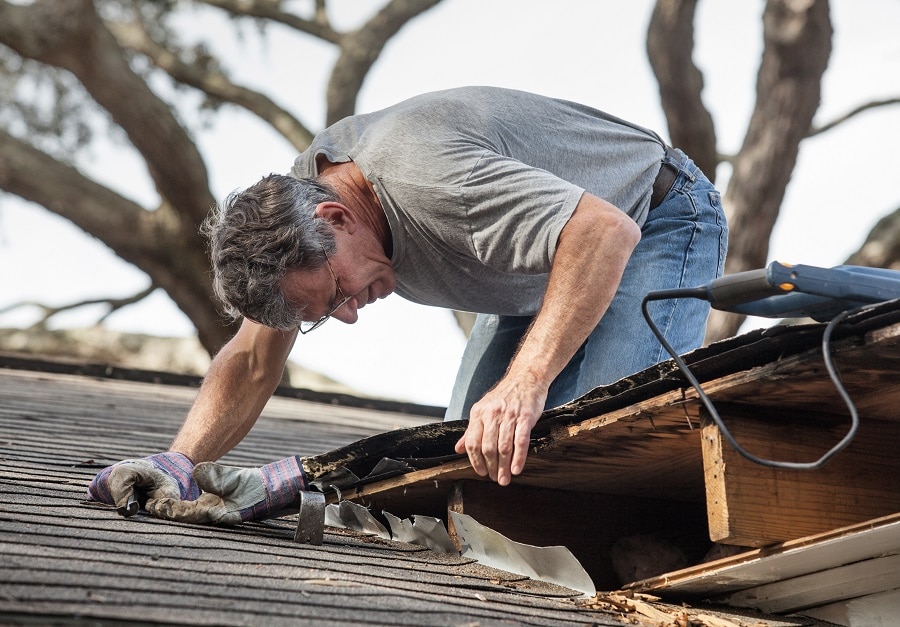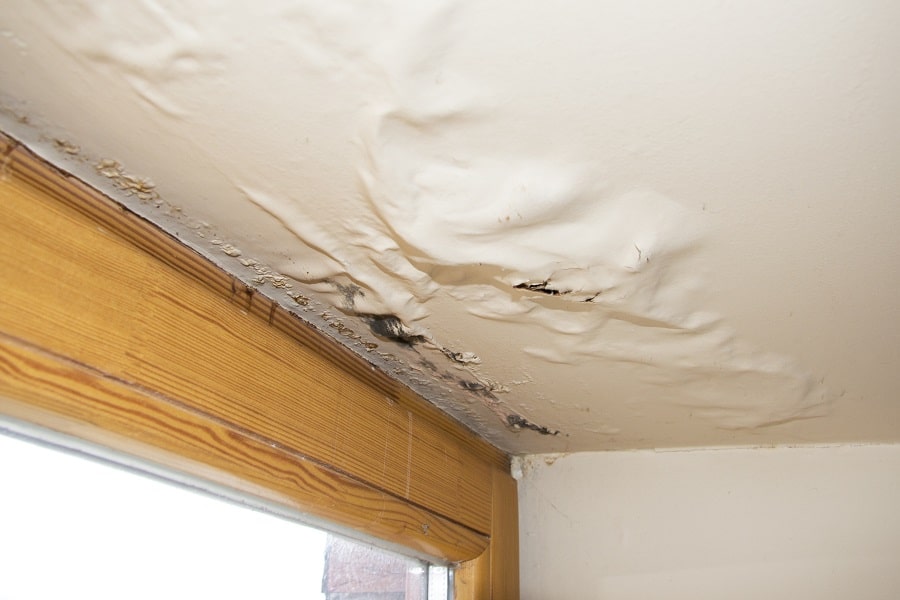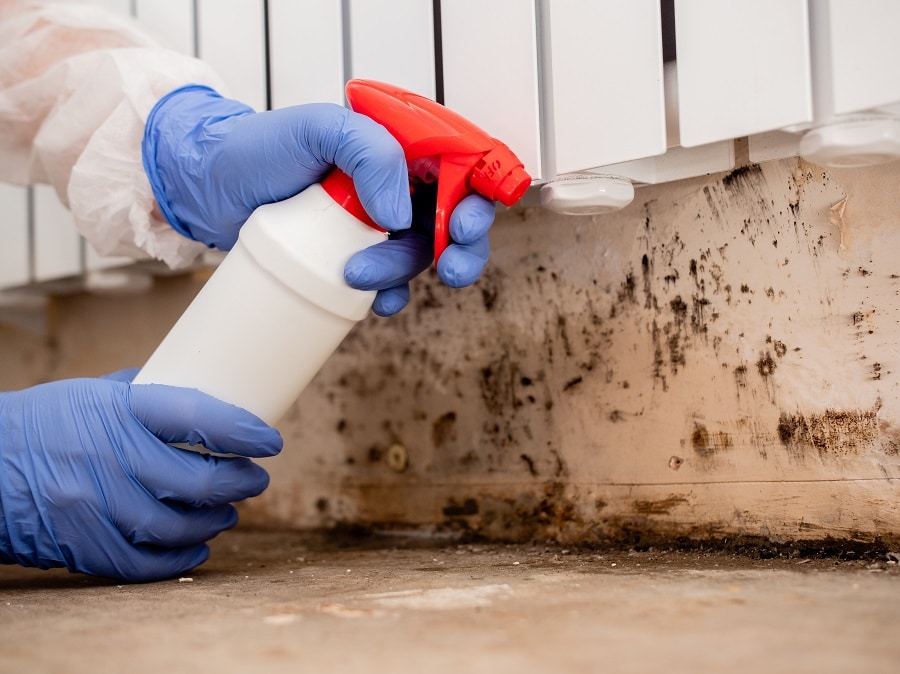Timber decay in buildings, regardless of their age, is often a result of rot. Wood rot is identifiable in two common forms: wet rot and dry rot, both caused by fungal decay in building timbers.
What is Wet Rot?
Wet rot is a parasite that can be found in wet timber. It warps the timber, making it swell and causing the fibres to separate, this can lead to loss of strength, and eventually, crumbling in the timber structure. Wet rot can trigger wood decay, making it lose its structural integrity and to eventually fall apart. Incessant contact with sources of moisture is the primary cause of wet rot in structural wood. This could be from the ‘wet’ side of the structure, through faulty plumbing or penetrating damp. Wet rot is fungi that can spread and inflict damage on neighbouring timbers.
Our Guarantee
- upto 30 year guarantee
- customer focused team
- 20 years combined experience
- portfolio of satified customers
- attention to detail
- Construction line accreditation
- public liability insurance
- CHAS accreditation
What is the Difference Between Dry Rot and Wet Rot?
Dry rot triggers quick and extensive damage to structural timber as it spreads through the affected property. Wet rot, on the other hand, is far more common even though the effects are less severe: damage is restricted to the waterlogged areas on the timber. In the absence of noticeable fungi, we can identify wet or dry rot by observing the variation in timber colour and the size of the cracks seen on the timber.
What causes Wet Rot?
Wet rot spores are only present in certain environmental conditions. The major cause of wet rot is moist timber. Moisture expedites the progression of wet rot fungi. In these cases, the timber starts to show visible signs of decay.
The Dangers of Wet Rot in Billingshurst
Wet rot is a serious issue to deal with. It can destroy your property and reduce its value. Wet rot in the home must be addressed immediately, otherwise, you run the risk of it spreading and infecting the rest of your home. A survey of 2,038 London property owners inquired whether they had experience with wet rot in their homes, where the problem was identified, and how effective they were at preventing future cases.
The results were quite surprising; over 20% of the respondents had experience with some form of wet rot. Wet Rot attacks timber flooring and can potentially make the property structurally unsafe. Besides the costly repair work required to get rid of wet rot, it can also reduce your property’s value, and many insurance firms do not provide coverage for houses where there is moisture ingress and damp build-up.

What are the Warning Signs of Wet Rot?
The signs of wet rot or the conditions that allow the fungus to gain a foothold in the timber depend on the type of moisture it comes in contact with. Peeling wallpaper (especially at the corners), malfunctioning central heating boiler, a persistent musty smell, and malfunctioning cookers are some easy-to-spot signs of wet rot. Some of the common spots where wet rot is found include external walls, roof spaces/attics, and underneath the kitchen sink. Wet rot typically attacks older buildings constructed using timber frames rather than modern species such as Meranti and Sapele. Timber below ground level up to one-floor is also susceptible to wet rot. Identifying wet rot or dry rot is the first step toward preventing it. If you notice any signs of wet rot infestation, then you should carry out a damp survey as soon as possible.
Call Our Sussex Damp Experts team now for quote, consultation and advice:
Call on 01273 257 765.
How and When Should I Look for Wood Rot?
Searching your home for any signs of wood rot or damp should be done annually, just like spring cleaning. The period just before winter; during your weatherproofing activities, is a good time for it. You need a flashlight and a screwdriver.
Examine the siding around and below the windows for signs of swelling or discolouration if your home has wood siding. Paint can cover wood rot, so the wood must be rough and solid, try jabbing the siding with your screwdriver. If the wood gives in with pressure and has a spongy texture, then you are dealing with wood rot. Use a decent flashlight to inspect the attic for discoloured wood. Perform the screwdriver test if you find any that matches this description. Make sure you examine the roof decking’s underside, the joints where the wood members meet at the rooftop, and the attic edges where rafters slant down to form eaves. These are key locations for the growth of wood rot in the attic.
Using a flashlight to spot discolouration around the perimeter wood plate on the concrete wall, check wood members in the basement or crawl space (sill plate). Use the screwdriver test, wherever necessary, on any discoloured regions. Inspect the floors and walls around baths/tubs, under sinks, and the water heater for any sign of discolouration or water leakage.
How do we identify wet rot?
Identifying wet rot is not an easy feat, several forms of wet rot have different effects on timber. An excellent way to confirm rot in painted timber is to stick a knife in it, up to the hilt. Our team of damp-proofing specialists have advanced training and years of experience to pick out the following:
- Localised fungal growth on timber
- The soft, spongy feel of timber; the affected area appears darker than the surrounding timber.
- The soft and spongy texture of rotting timber; the affected region often looks darker than the other parts.
- That spongy, soft feel timber gets when affected by wet rot; the affected parts are darker than the other areas.
- The spongy, soft texture of rotten timber; the infested area is darker than the other parts.
- The springy feeling that is an indicator of wet rot; the affected area is often darker than others around it.
- Crumbling of affected dry timber into particles.
- Dry timber crumbling into particles.
- The crumbling of infested timber into dry particles.
- Dried-out timber disintegrating into particles.
- The disintegration of rot-eaten timber into particles.
- Shrinking timber
- Bleaching wood in window and door frames
- Flaky or damaged paint
- A musty, damp smell
What to Do After You Detect Wet Rot?
You need to engage the help of a damp expert when you notice wet rot. The source of moisture must be identified and blocked to avoid similar cases in the future. For further information about treating wet rot, call us on 01273 257 765 and let Sussex Damp Experts help.
Wet Rot and Damp Proofing in Billingshurst

If you need damp proofing services or wet rot treatment in Billingshurst, you are on the right page. Call Sussex Damp Experts if you see signs of damp or wet rot, fixing the problem immediately is crucial to avoiding the health risks and costly repair work which would be necessary if the damage is left to spread unchecked. We will investigate the source of the damp or wet rot and provide solutions as well as advise on how to prevent a similar situation.
Timber damp proofing is not a cosmetic treatment; it’s a maintenance strategy that’s designed to protect the timber from rot and decay. There are two ways to appropriately protect the timber.
Surface treatments are highly unreliable; they do not solve the problem and even end up escalating the issue. The only answer is to cover the entire surface with a membrane or treating/replacing the timber. If you want to speak to our experts for further information on wet rot treatment, call 01273 257 765 today and let Sussex Damp Experts help.
Wet Rot Treatment Specialists in Billingshurst
With more than 20 years of experience, we are one of Billingshurst’s leading wet rot specialists; offering site surveys and cost estimates at no charge to private and commercial property owners. Our team of experts will visit your property and investigate the source of the wet rot and provide advice on the next steps to take to get rid of it. Our experts use advanced methods to detect and treat various forms of rot in properties.
Wet Rot Treatment in Billingshurst
Wet rot commonly attacks areas that remain damp due to constant exposure to moisture. We consider the source of the problem as well as the affected area during wet rot treatment. We investigate how moisture comes in contact with the timber and eliminate all future threats that could lead to a similar situation. You should make sure wet rot treatment is handled by professionals to guarantee the best results. Delay in treatment results in pricey repair work down the line. The best thing to do when you notice signs of wet rot or damp is to call experts such as Sussex Damp Experts for help.

We have the expertise to effectively treat wet rot. Sussex Damp Experts can help you save your timber, we quickly investigate the source of the humidity and which areas are under threat of decay. Delaying could be fatal, call 01273 257 765 today or fill the contact form to save your timber!
Our Wet Rot Treatment Process in Billingshurst
As is the case of the majority of property-related issues, the longer you put off acting on a persistent problem, the worse it is likely to get. Identifying the progress of the fungal rot early could mean the treatment will be restricted to just a small area. In situations where the rot has advanced across your timber’s breadth, you may need to get replacements for full timber beams or take on major repair work. You must take several steps to treat wet rot. The treatment of wet rot involving timbers must start with addressing the root of the problem and preventing moisture from reaching the timber. If there is a seepage of water into your home or timber, regardless of whether the cause is broken guttering, condensation, or anything else, we locate the source of water/moisture ingress and take corrective action. Contractors or builders who do not have the required expertise in rot treatment often opt to replace the affected wood. Chemical Preservatives are then applied to the area in question after replacement. This method will end in disaster. If you harbour the slightest suspicion that you could be facing a wet rot problem in your property, our team at Sussex Damp Experts is ever ready to help you identify, remove and treat it.
What happens to Wet Rot if left untreated?
Leaving wet rot to grow unchecked will lead to the weakening of the structural timber which could affect the safety of the residents. When rot sets in, the timber becomes spongy and soft, and caves in when you prod it with a sharp edge such as a knife or screwdriver. The long-term effect is that the timber loses its structural integrity with time, and you also run the risk of condemning your building if the issue persists. Call Sussex Damp Experts 01273 257 765 to get started.
What is the cost of Wet Rot Treatment in Billingshurst?
Rot can have a devastating effect on any property. The cost of damp proofing and remedial works varies depending on the type and severity of the problem, but you shouldn’t let that put you off. We are always willing to provide our wet rot treatment services in Billingshurst at an affordable cost for all our clients. We are dedicated to providing the right solutions to help you keep your home rot-free.
How to prevent wet rot?
To prevent decay, the wood must be kept dry and free of moisture. Wood hardeners are an effective way of protecting timber that is at risk of being infested by wet rot. The wood becomes stronger as the hardener soaks into it. Areas that are more prone to damage from damp include window boxes and sills, and timber in close contact with stonework without being subjected to damp proofing treatment like the use of sealants or fungicides.
Talk to Our Wet Rot Treatment Experts Today!
Call 01273 257 765 today to speak to one of our experts concerning wet rot treatment in your building.
FAQ
Is wet rot smelly?
Is Wet Rot Capable of Spreading?
Can Wet Rot Cause Health Problems?
Is there a DIY treatment solution?




